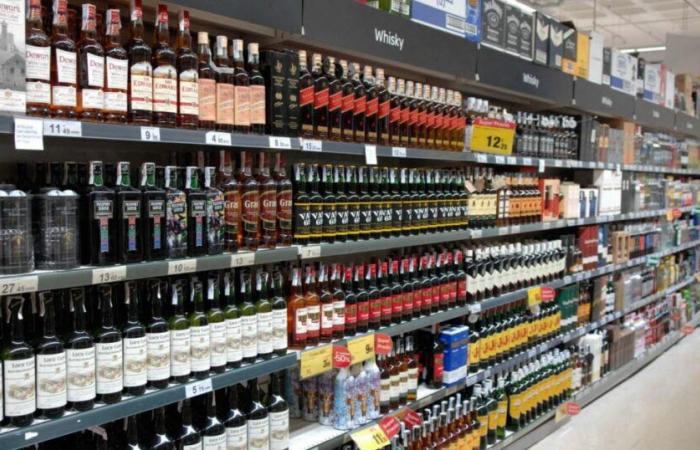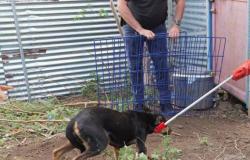Two Danes, an Australian and an American died in Vang Vieng, Laos, government officials announced Thursday. All of them allegedly participated with around ten others in a party on November 12, during which they drank alcohol allegedly contaminated with methanol. Several tourists are said to be hospitalized in Bangkok, including a friend of the deceased Australian, placed on respiratory assistance.
The authorities of several countries have warned their nationals about the risks of methanol poisoning when consuming alcohol in Laos. In France, the Ministry of Foreign Affairs recommends that travelers “only drink water or encapsulated drinks or water made drinkable”.
Is it difficult to detect?
Methanol is a “mobile, colorless, volatile liquid, with a rather pleasant odor when it is pure”, describes the National Institute for Research and Safety (INRS). It is commonly used in the chemical industry and can be found in small quantities in certain everyday consumer products, such as paint thinners or cleaning products.
It is “not toxic in itself”, indicates the Methanol Poisoning Initiative (MPi) protocol, set up by the University of Oslo and Médecins sans Frontières. “It is only when it is ingested that it transforms into toxic substances, such as formic acid and its anion, formate, which is dangerous for health,” specifies the MPi.
Is it close to ethanol?
But methanol, cheaper than ethanol, is sometimes used in the manufacture of counterfeit alcohol, which can lead to poisoning. However, methanol is very difficult to detect. “Ethanol and methanol are both colorless liquids that dissolve in water. It is impossible to differentiate them before consuming them and this can put your life in danger,” underlines Médecins sans frontières.
In 2023, Mpi detected 60 reported cases of poisoning, the majority in Asia. In total, the organization recorded 714 cases of methanol poisoning and 309 deaths (43%). 30 ml of pure methanol (i.e. one sip) would be enough to cause death and 10 ml (i.e. two teaspoons) to cause blindness.
What symptoms?
Symptoms of methanol poisoning usually appear within 12 to 24 hours. “Patients often complain of a severe or unusual hangover, accompanied by drowsiness, difficulty concentrating and dizziness,” explains the MPi.
Hyperventilation, gastrointestinal signs, visual disturbances and a progressive decrease in consciousness are usually observed. “In the most serious poisonings, death can occur from respiratory failure. After severe poisoning, recovery can be complete, but ocular after-effects are relatively common (amputation of the visual field, complete blindness),” indicates the INRS.
If the mortality rate is so high, it is also because “people affected often consult quite late, due to the delay between ingestion and the appearance of symptoms, and the fear of being penalized for having consumed alcohol, especially in countries where it is prohibited,” notes the MPi. Health professionals also sometimes have difficulty detecting methanol poisoning.
How, in this context, can we protect ourselves?
How, in this context, can we protect ourselves? Interpol recommends sourcing alcohol only from licensed retailers, pubs and supermarkets with a good reputation. It can also be helpful to take a look at the quality of the packaging to spot unusual bottle shapes, spelling mistakes and to check that the manufacturer's contact details are listed on the packaging. “Check the airtightness of the bottle. If the closure system has been broken or damaged, there is a risk that the contents of the bottle have been adulterated and are unfit for consumption,” the international criminal police organization also indicates.
To avoid being contaminated, being attentive to bad odors is also useful. Finally, “if the product is sold at a price much lower than the normal price or probably does not include the taxes in force on alcohol, it is probably a counterfeit”, warns Interpol.






